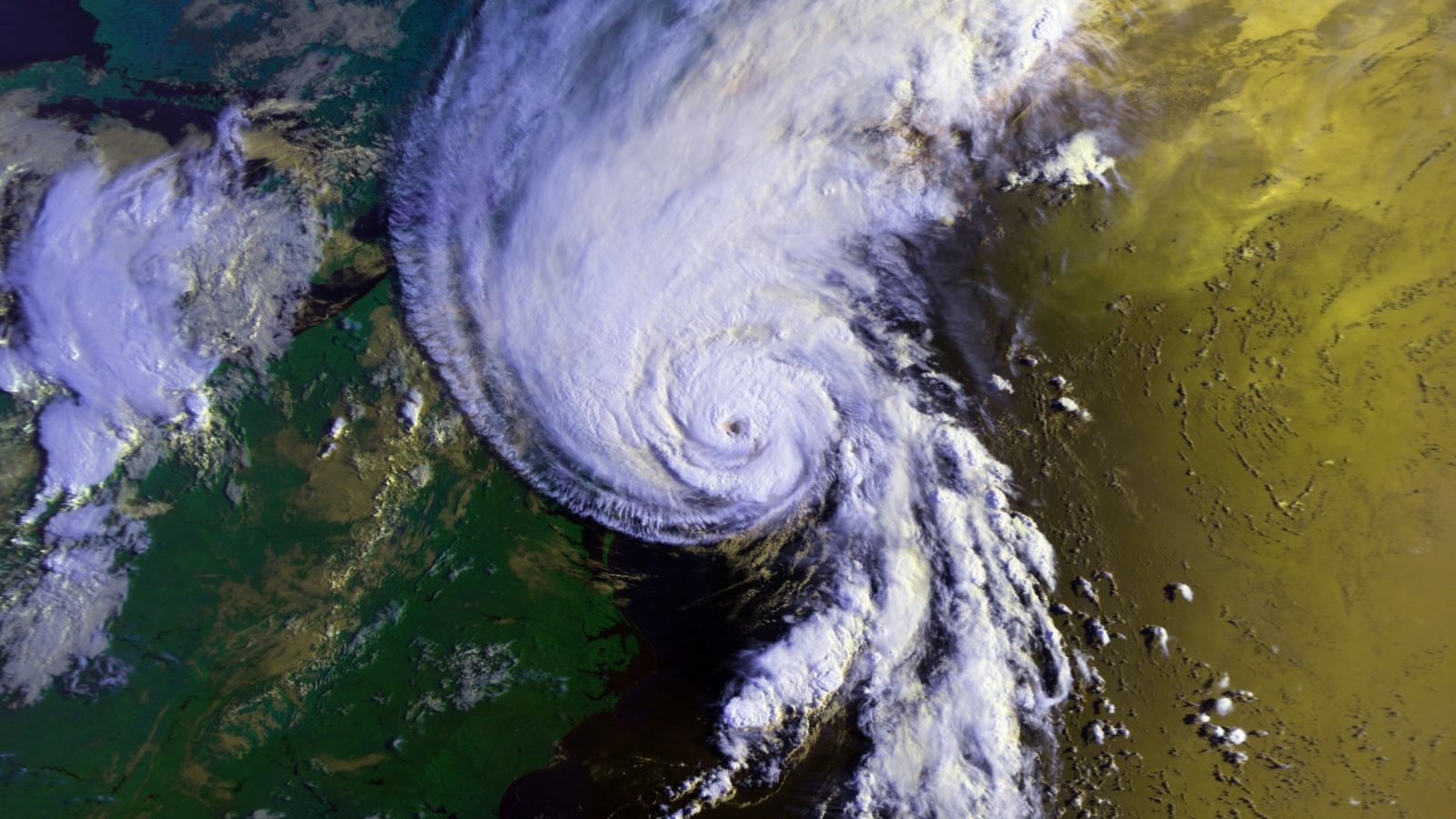Last year, U.S. weather and climate disasters killed 688 people and caused $145 billion dollars in damages.
Extreme weather threatens your employees’ safety and the organization’s bottom line every single day.
Many businesses try to address these risks with humans alone, leaning on in-house meteorologists but not empowering them with the right tools. This approach is the equivalent of not using systems to protect your team from cybersecurity threats—an unfathomable thought.
You know climate risks are there: now, it’s time to mitigate them with automated, predictive systems.
Tomorrow.io’s Chief Weather Office Luke Peffers has over 20 years of experience in meteorology, including as the Chief Scientists for a DoD contractor, adjunct professor of Meteorology for Embry Riddle Aeronautical University’s Worldwide Campus, and branch chief of the Meteorological Modeling and Analysis team with the U.S. Air Force Technical Applications Center.
We sat down with Luke to understand how technology empowers meteorologists to extend their impact to levels unreachable by humans alone.
How does technology empower meteorologists?
Technology will never replace meteorologists. Rather, it empowers them to build and deliver more informed, actionable forecasts and analyses. Whether it’s for data collection, forecast modeling, or weather intelligence, these technologies serve as added tools in a meteorologist’s toolbox, enabling them to extend their impact to levels unreachable by humans alone.
What’re the risks of meteorologists using outdated technology?
Outdated technology leads to outdated forecasts and analyses. Tools that draw on inaccurate data and/or disparate workflows can result in inaccurate predictions that lack the context needed to drive impactul action. Outdated technology necessitates a meteorologist’s intuition whereas modern technology acts as a force multiplier of their expertise.
What operational risks does an organization run by not using cutting-edge technology for weather?
Without cutting-edge weather technology, organizations lack the actionable insight they need to proactively mitigate their weather and climate-related risks. As a result, these organizations face significant vulnerabilities around operational inefficiencies, employee safety, asset management, profit margins, and more.















